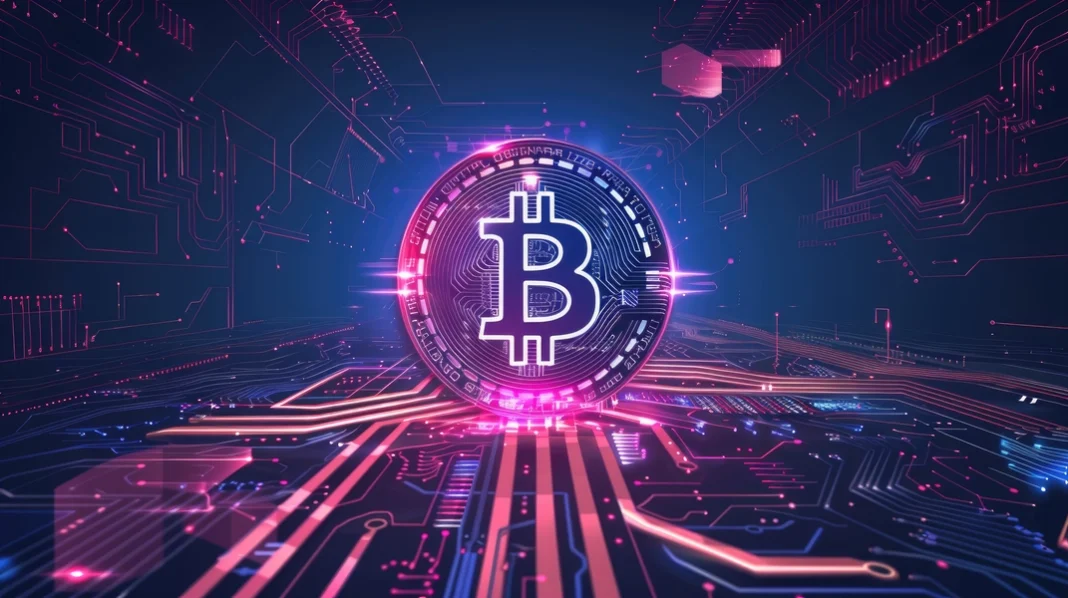
Originally published on: November 07, 2024
As the landscape of Bitcoin mining continues to evolve, companies are now venturing into artificial intelligence and high-performance computing data centers to enhance their revenue streams. Nazar Khan, the chief technical officer of TeraWulf, a publicly traded mining company, emphasizes the crucial role of electrical load variability in ensuring the long-term success of these facilities.
In a recent conversation with Cointelegraph, Khan highlighted the significance of Bitcoin miners as controllable load resources capable of adjusting their energy consumption every 10 minutes in response to fluctuations in peak demand or surplus energy on the grid. This adaptability is essential for maintaining grid stability while optimizing energy consumption.
On the other hand, AI and HPC data centers necessitate a steady supply of energy, reaching up to 400-500 megawatts, along with redundancy infrastructure like gas generators to prevent outages. Khan emphasized that many utility providers struggle to meet the substantial energy requirements of these operations, posing a challenge to their sustainability.
While Bitcoin mining operations demonstrate remarkable agility in managing energy loads, Khan acknowledged that achieving the same level of flexibility in AI and HPC centers may take time. Nevertheless, he remains optimistic about the potential of these centers to evolve into more adept load-balancing resources.
In comparison, the cost of establishing and operating a Bitcoin mining facility stands at around $500 per kilowatt hour, significantly lower than the $5000-$8000 per kilowatt hour needed for AI and HPC data centers. This cost differential underscores the financial complexities involved in transitioning from mining to data center operations.
To address the escalating energy demands of high-performance computing, tech companies are increasingly turning to nuclear power. Google’s partnership with Kairos to develop a small nuclear reactor and Microsoft’s collaboration with Constellation Energy Corporation to reopen a nuclear site exemplify this trend. These initiatives underscore the industry’s shift towards sustainable and powerful energy solutions.
As global leaders and businesses prioritize energy-intensive operations like mining and data centers to secure their competitive edge in the digital era, the significance of strategic energy infrastructure planning becomes more apparent than ever. The convergence of AI, high-performance computing, and sustainable energy sources heralds a new chapter in the evolution of the digital landscape.



